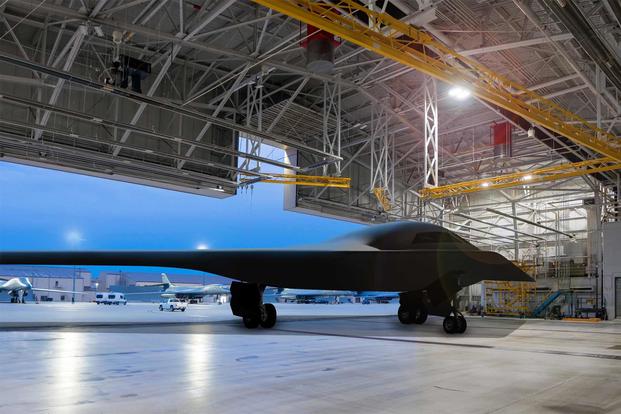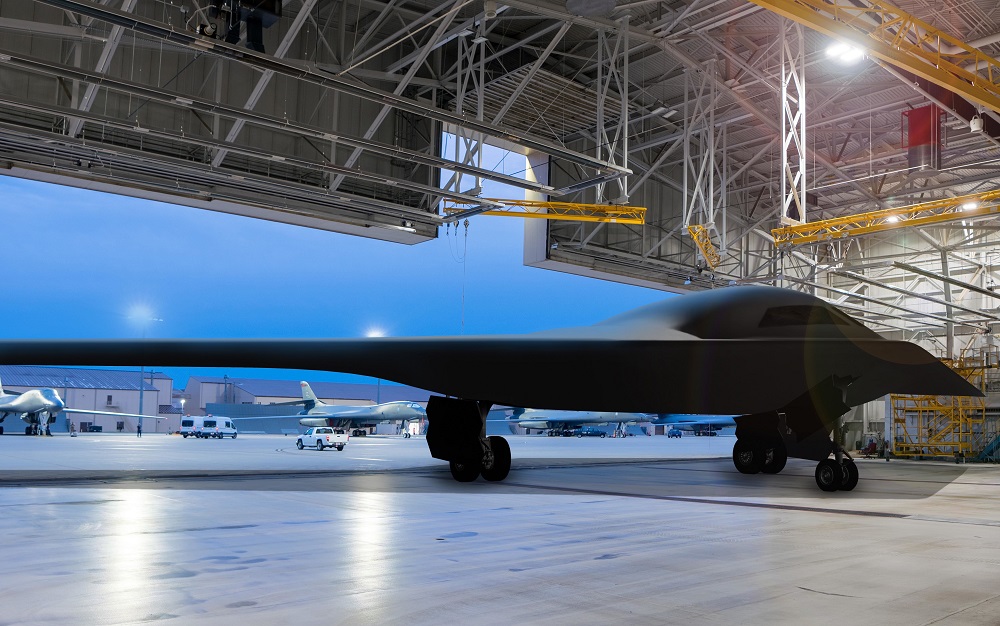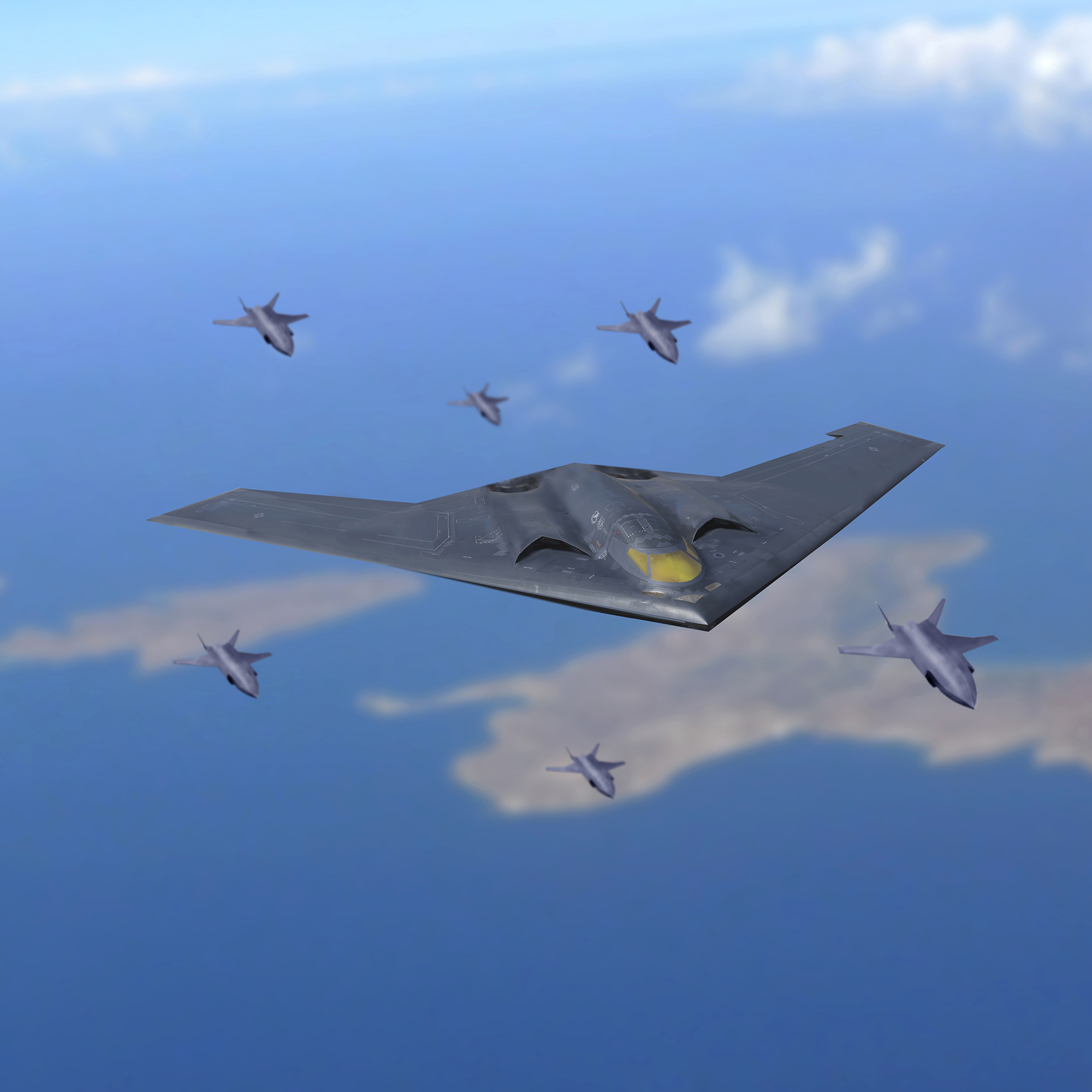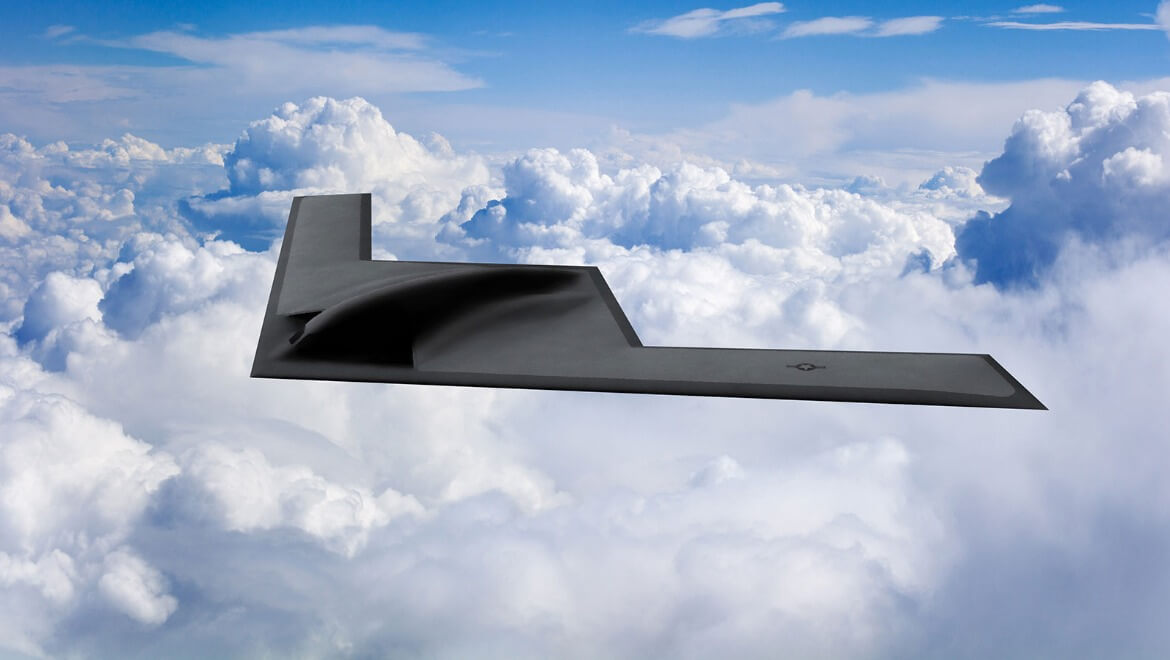The New B-21 Stealth Bomber to Be Revealed Later This Year, Senator Says
Sen. Mike Rounds, R-S.D., said the B-21 Raider stealth bomber will finally be revealed to the public later this year, unveiling an aircraft that has been shrouded in secrecy since the program began in 2014.
Rounds, the only elected official in a classified visit July 15 to the B-21 Raider production facility in Palmdale, California, said the project is also on track for a first flight in 2023.
"While much of the information I received on my visit is classified, I am pleased to report the B-21 is on time and on budget," Rounds said in a Tuesday press release from his office. "The public can expect the B-21 to be revealed later this year."
To date, the public has seen only realistic artist renderings of the next-generation stealth bomber, but a spokesman for Rounds' said an image of the B-21 itself should be coming soon.





